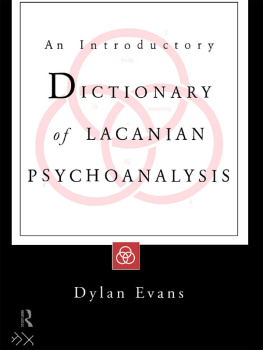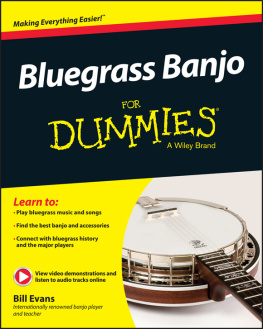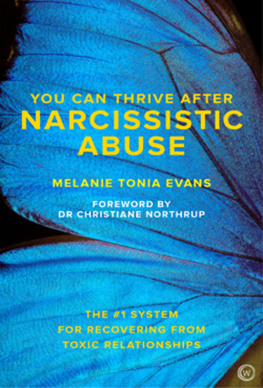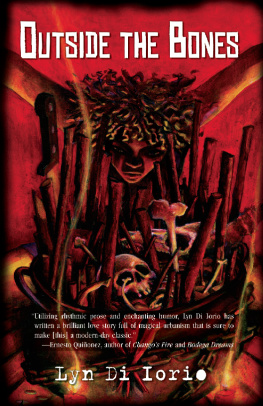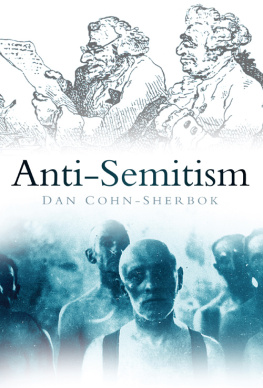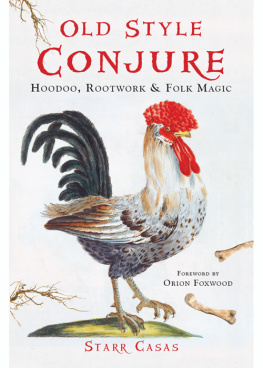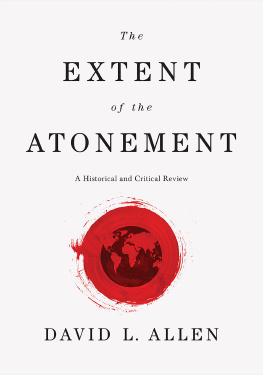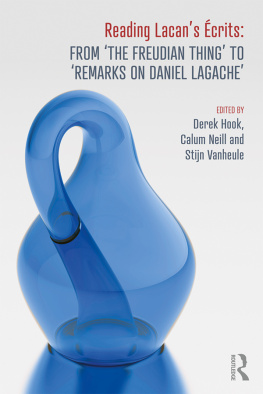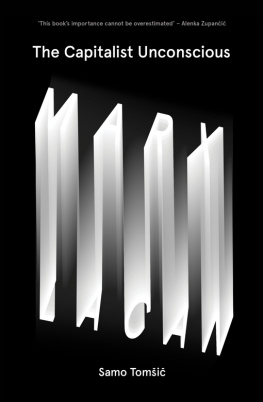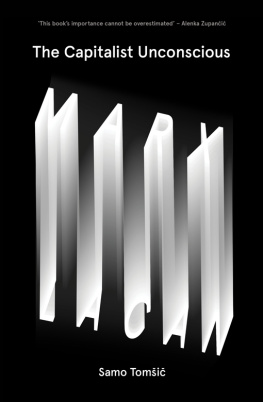Preface
My discourse proceeds in the following way: each term is sustained only in its topological relation with the others.
Jacques Lacan (S11, 89)
Psychoanalytic theories are languages in which to discuss psychoanalytic treatment. Today there are many such languages, each with its own particular lexis and syntax. The fact that these languages use many of the same terms, inherited from Freud, can create the impression that they are in fact all dialects of the same language. Such an impression is, however, misleading. Each psychoanalytic theory articulates these terms in a unique way, as well as introducing new terms of its own, and is thus a unique language, ultimately untranslatable. One of the most important psychoanalytic languages in use today is that developed by the French psychoanalyst, Jacques Lacan (190181). This dictionary is an attempt to explore and elucidate this language, which has often been accused of being infuriatingly obscure and sometimes of constituting a totally incomprehensible psychotic system. This obscurity has even been seen as a deliberate attempt to ensure that Lacanian discourse remains the exclusive property of a small intellectual elite, and to protect it from external criticism. If this is the case, then this dictionary is a move in the other direction, an attempt to open Lacanian discourse up to wider scrutiny and critical engagement.
The dictionary is an ideal way of exploring a language since it has the same structure as a language; it is a synchronic system in which the terms have no positive existence, since they are each defined by their mutual differences; it is a closed, self-referential structure in which meaning is nowhere fully present but always delayed in continual metonymy; it defines each term by reference to other terms and thus denies the novice reader any point of entry (and, to refer to a Lacanian formula, if there is no point of entry, there can be no sexual relationship).
Many others have perceived the value of the dictionary as a tool for exploring psychoanalytic theory. The most famous example is the classic dictionary of psychoanalysis by Laplanche and Pontalis (1967). There is also the short dictionary by Rycroft (1968) which is extremely readable. In addition to these two dictionaries which concentrate mainly on Freud, there are also dictionaries of Kleinian psychoanalysis (Hinshelwood, 1989), of Jungian psychoanalysis (Samuels et al., 1986), and of psychoanalysis and feminism (Wright, 1992).
A dictionary of Lacanian psychoanalysis is conspicuous by its absence from the above list. It is not that no such dictionary has yet been written; there are, in fact, a number of dictionaries in French that deal extensively with Lacanian terms (Chemama, 1993; Kauftman, 1994), and even a humorous Lacanian dictionary (Saint-Drme, 1994). However, none of these has yet been translated, and thus the anglophone student of Lacan has been left without a useful tool of reference. The dictionaries by Laplanche and Pontalis (1967) and by Wright (1992) include articles on some Lacanian terms, but not many. A few English-language publications have included glossaries which provide a key to a number of Lacanian terms (e.g. Sheridan, 1977; Roustang, 1986), but these too include only a few terms, with extremely brief remarks attached to each. The present work will therefore go some way towards filling an obvious gap in reference material in psychoanalysis.
While many have seen the value of the dictionary as a tool for exploring psychoanalytic languages, not so many have been fully aware of the dangers involved. One important danger is that, by emphasising the synchronic structure of language, the dictionary can obscure the diachronic dimension. All languages, including those which are otherwise known as psychoanalytic theories, are in a continual state of flux, since they change with use. By overlooking this dimension, the dictionary can create the erroneous impression that languages are fixed unchanging entities.
This dictionary attempts to avoid this danger by incorporating etymological information wherever appropriate and by giving some indication of how Lacans discourse evolved over the course of his teaching. Lacans engagement with psychoanalytic theory spans fifty years, and it is hardly surprising that his discourse underwent important changes during this time. However, these changes are not always well understood. Broadly speaking, there are two main ways of misrepresenting them. On the one hand, some commentators present the development of Lacans thought in terms of dramatic and sudden epistemological breaks; 1953, for example, is sometimes presented as the moment of a radically new linguistic turn in Lacans work. On the other hand, some writers go to the other extreme and present Lacans work as a single unfolding narrative with no changes of direction, as if all the concepts existed from the beginning.

